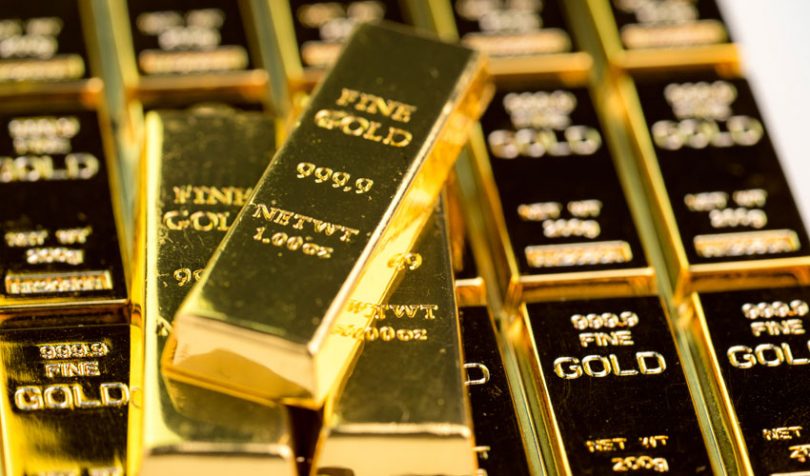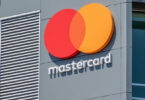Yesterday the Royal Canadian Mint announced it had implemented a distributed ledger technology (DLT) solution in collaboration with blockchain startup aXedras. The solution will trace the source of gold used in the Mint’s refinery and log gold bar transactions.
Almost two years ago, the World Gold Council (WGC) backed aXedras as part of its Series B funding round. It followed a collaboration between the WGC and the London Bullion Market Association (LBMA) to launch a blockchain initiative as part of the Gold Bar Integrity Programme.
“By innovating with Distributed Ledger Technology in our world-class refinery, we can now offer our customers end-to-end sourcing transparency, in addition to the industry-leading purity, quality and security of the gold we refine and of the bullion we produce,” said Marie Lemay, President and CEO of the Royal Canadian Mint.
The solution impacts both Mint’s suppliers and clients. On the supply side, mines, recyclers and precious metal suppliers will have “numerous business‑to‑business process enhancements”. It’s going to need quite a bit of data so that gold bar owners can see the origin of the gold, whether it’s mined, recycled, or co-mingled gold. The use of DLT makes it hard to tamper with data.
Additionally, clients will be able to see changes in both custody and ownership. So the log includes transferring a gold bar via an armored car carrier or its custody at a financial institution or the London Vault. The solution also logs ownership of gold bars, and the current owner can see a log of historical ownership.
Gold tokenization initiatives
Beyond provenance, numerous blockchain initiatives involve tokenizing gold and other precious metals. HSBC launched an institutional tokenized gold initiative last year. Russia recently passed a law supporting tokenized precious metals and commodities as settlement assets for cross border trade. There have been far more initiatives targeting consumers. Perth Mint’s consumer-focused projects were discontinued.






